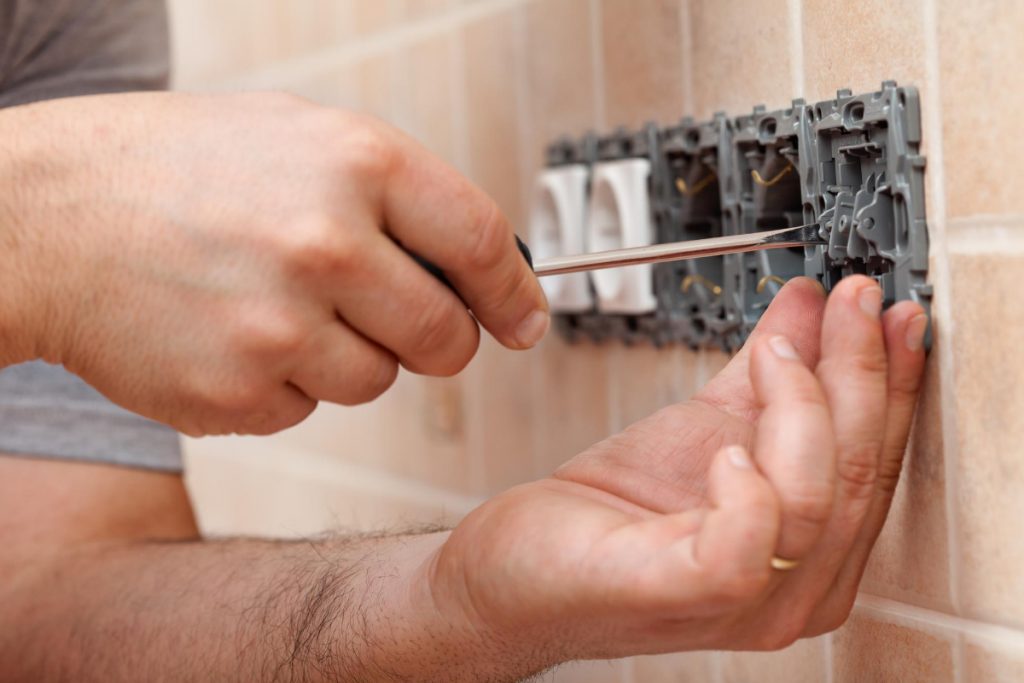Electrical inspection and testing is an important procedure that must be carried out by qualified electricians to ensure compliance with BS 7671 and other statutory regulations.
In this article, I will discuss the inspection and testing procedure, the sequence of tests, the qualifications needed, and other things regarding the C&G 2391
What Is Electrical Inspection And Testing?
Electrical Inspection and Testing is a procedure completed by qualified electricians to ensure compliance with BS 7671 regulations. This procedure includes visual inspection and tests conducted using suitable testing equipment, such as the Megger 1553 multifunctional tester.
It is important to note that complying with BS 7671 also satisfies Statutory Regulations such as the Electricity at Work Regulations 1989.
This article will discuss both Initial Verification Inspection and Testing, which is used for new builds/alterations, and Periodic Inspection and Testing, which is used for existing electrical installations.
Additionally, it will provide an overview of the sequence of tests that must be carried out in order for the procedure to be successful.
Initial Verification Inspection and Testing
Initial Verification Inspection and Testing are used for new builds/alterations within a building. The procedure must be completed in order to comply with Regulation 610.1 of BS 7671, which states that every installation must be inspected and tested before being put into service. Upon completion of this procedure, an Electrical Installation Certificate must be issued to confirm that the requirements set in BS 7671 have been met.
Periodic Inspection and Testing
Periodic Inspection and Testing are carried out on existing electrical installations in order to comply with Regulation 621.1 of BS 7671. This procedure includes a full inspection and testing procedure and is followed by the completion of an Electrical Installation Condition Report (EICR). These documents must be kept by both the “person ordering the work” and the “competent person” completing the inspection and testing procedure.
Sequence of Tests
The sequence of tests must be carried out in the correct order to ensure that the Inspection and Testing procedure is successful. The tests include:
- Continuity of Ring Final Circuit Conductors: This test is done to check that the ring final circuit conductors are connected properly and working as intended.
- Continuity of Protective Conductors: This test is carried out to ensure that the main and supplementary bonding is working correctly.
- Insulation Resistance Testing: This test is done to make sure that the insulation between the live parts and earth parts is not compromised in any way.
- Polarity Testing: This test is done to make sure the correct polarity has been maintained during installation.
- Earth Fault Loop Impedance Testing: This test is done to measure the resistance to the earth so that it can be determined if an earth fault loop has been created.
- Prospective Fault Current Testing: This test is done to calculate the prospective fault current, which can be used to determine if all protection devices are suitable for the circuit in question.
- RCD Testing: This test ensures that the residual current device (RCD) will trip in case of a fault condition in order to provide additional safety.
- Functional Testing: Finally, this test ensures that all components are working as intended and no faults have been overlooked during installation.
- Phase Sequence Testing: This test checks that the phase sequence of the electrical circuits has been correctly installed and wired up.
Summary
In summary, electrical inspection and testing is an important procedure that needs to be completed by qualified electricians in order to comply with BS 7671 regulations. The procedure includes visual inspection and tests conducted using suitable equipment, such as the Megger 1553 multifunctional tester.
Additionally, it is important to note that there are two types of Inspection and Testing procedures: Initial Verification Inspection and Testing for new builds.










